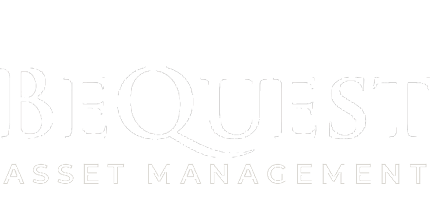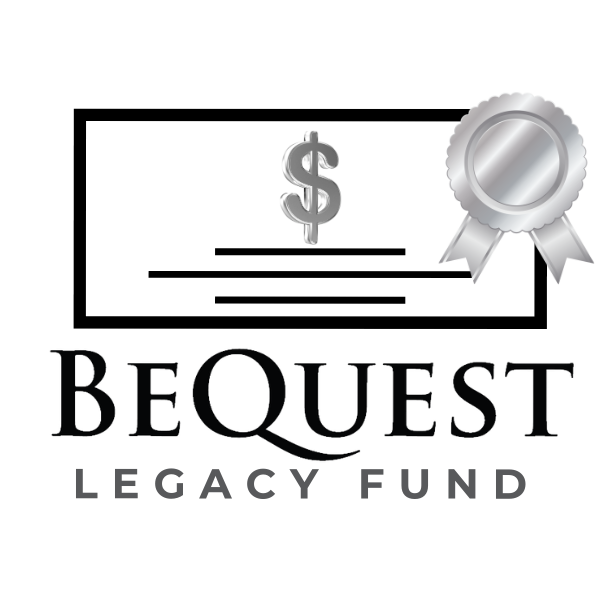Duis aute irure dolor in reprehenderit in voluptate velit esse cillum dolor fugiat nullaariatusi Excepteurint occaecat cupidatat non proident suntin culpaue officia deserunt mollit anim id est laborum. Sedutpiciatis unde omnisste upidatat non proident suntin culpaue officia.
Duis aute irure dolor in reprehenderit in voluptate velit esse cillum dolor fugiat nullapariatu sxcepteursint occaecat cupidatatupidatat non proident suntin culpaue officia.
Duis aute irure dolor in reprehenderit in voluptate velit esse cillum dolor fugiat nullaariature Excepteur sint occaecat cupidatat non proident suntin culpaue officia deserunt mollit anim id est laborum. Sed ut perspiciatis unde omnisste.
Are you ready for more better productive business!
Duis aute irure dolor in reprehenderit in voluptate velit esse cillum dolor fugiat nullaariatusi excepteurint occaecat cupidatat non proident suntin culpaue officia deserunt mollit anim id est laborum Sedut iciatis unde omnisstuis aute irure dolor in reprehenderit in voluptate velit esse cillum dolor fugiat nullapariatues Excepteur sint occaecat cupidatat.
Improve performance by transform
Duis aute irure dolor in reprehenderit in voluptate velit esse cillum dolor fugiat nullaariatusi excepteurint occaecat cupidatat non proident suntin culpaue officia deserunt mollit anim id est laborum Sedut iciatis unde omnisstuis aute irure dolor in reprehenderit in voluptate velit esse cillum dolor fugiat nullapariatues Excepteur sint occaecat cupidatat.
Duis aute irure dolor in reprehenderit in voluptate velit esse cillum dolor fugiat nullaariatusi Excepteurint occaecat cupidatat non proident suntin culpaue officia deserunt mollit anim id est laborum. Sedutpiciatis unde omnisste upidatat non proident suntin culpaue officia.
Duis aute irure dolor in reprehenderit in voluptate velit esse cillum dolor fugiat nullapariatu sxcepteursint occaecat cupidatatupidatat non proident suntin culpaue officia.




